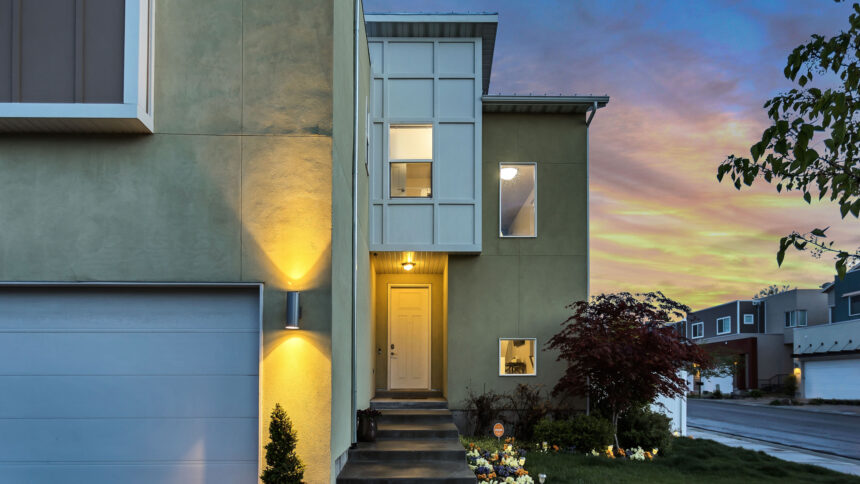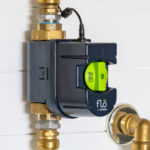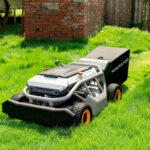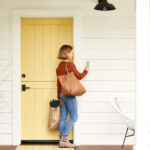Smart and sustainable homes can offer excellent energy efficiency, curbing energy and resource waste on a global scale. A variety of technologies and applications promote efficiency in smart homes, with light bulbs, thermostats, window coverings, sprinkler controllers, solar photovoltaic systems, and much more.
Although the jury is still out on whether collectively these homes are efficient enough to be a net positive for the environment, emerging technologies point to smart homes normalizing energy-efficient living.
Technology is More Intuitive
For many, ease of use is the leading factor when choosing a technology. As technology becomes more intuitive and lowers its barrier to entry for novice users, innovative manufacturers are poised to gain adopters. Nest’s flagship item is the Nest Learning Thermostat. It does what many homeowners have hoped for since the dawning of residential thermostats: regulating temperature based on time of day and occupancy to maximize energy and money savings. Furthermore, a multitude of smart devices can take their cues from a Nest product and turn themselves on or off to save energy based on the homeowner’s presence.
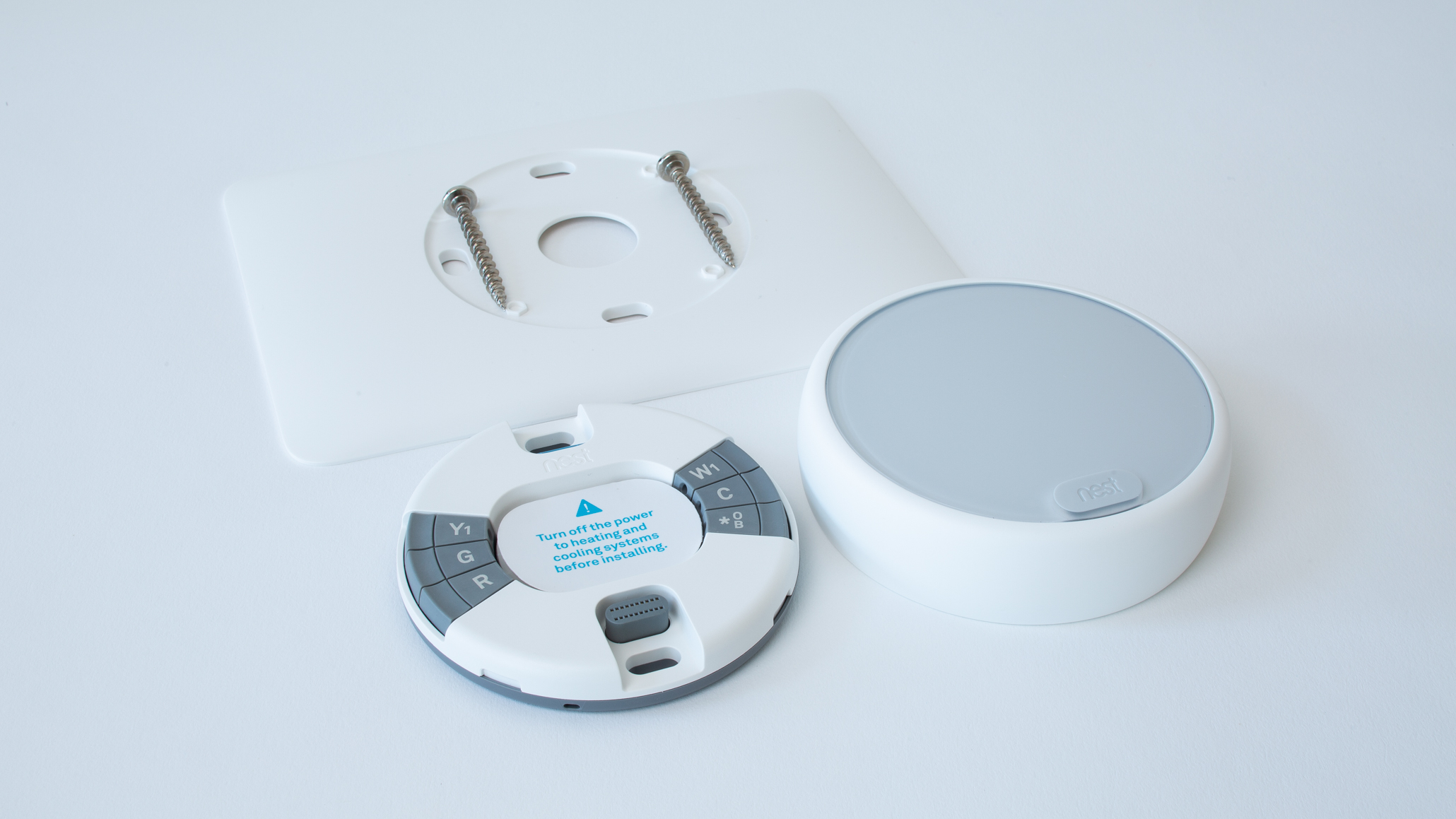
Another advantage of items like Nest is the relatively low cost of entry, with the equally-smart Nest Thermostat E retailing at a price point of $169. The purchase is low risk and can quickly pay for itself through smaller energy bills.
Lower Cost of Entry
In the early 2000s, technology designed for homes was more of a hobby than a necessity for energy-efficiency. While the ability to play music in any room of a house was a neat feature to share with dinner party guests, it served as a luxury and little more.
As smart house technology increases in popularity, items are churned out in more significant quantities and prices decrease. Digital home assistants like Amazon Alexa and Google Assistant—when used with compatible voice-activated speakers—make playing music from any room in a house accessible to a broader audience, rather than serving as a niche item for upper-class consumers. Today, homeowners can self-install many aspects of a smart home with ease and affordability.
Some smart technology remains expensive, like the i10 Sleep Number 360 Smart Bed starting at $4399 and the U by Moen Smart Shower costing in the thousands. Fortunately, digital assistants and speakers are very affordable in comparison, providing a great entry point for consumers interested in energy-efficient living and smart home technology.
Appealing to Female Consumers
Technology companies and consumers tend to skew toward a male-dominated domain. As energy-efficient homes intersect with technology, companies have seen economic incentives to increasingly target these products to women.
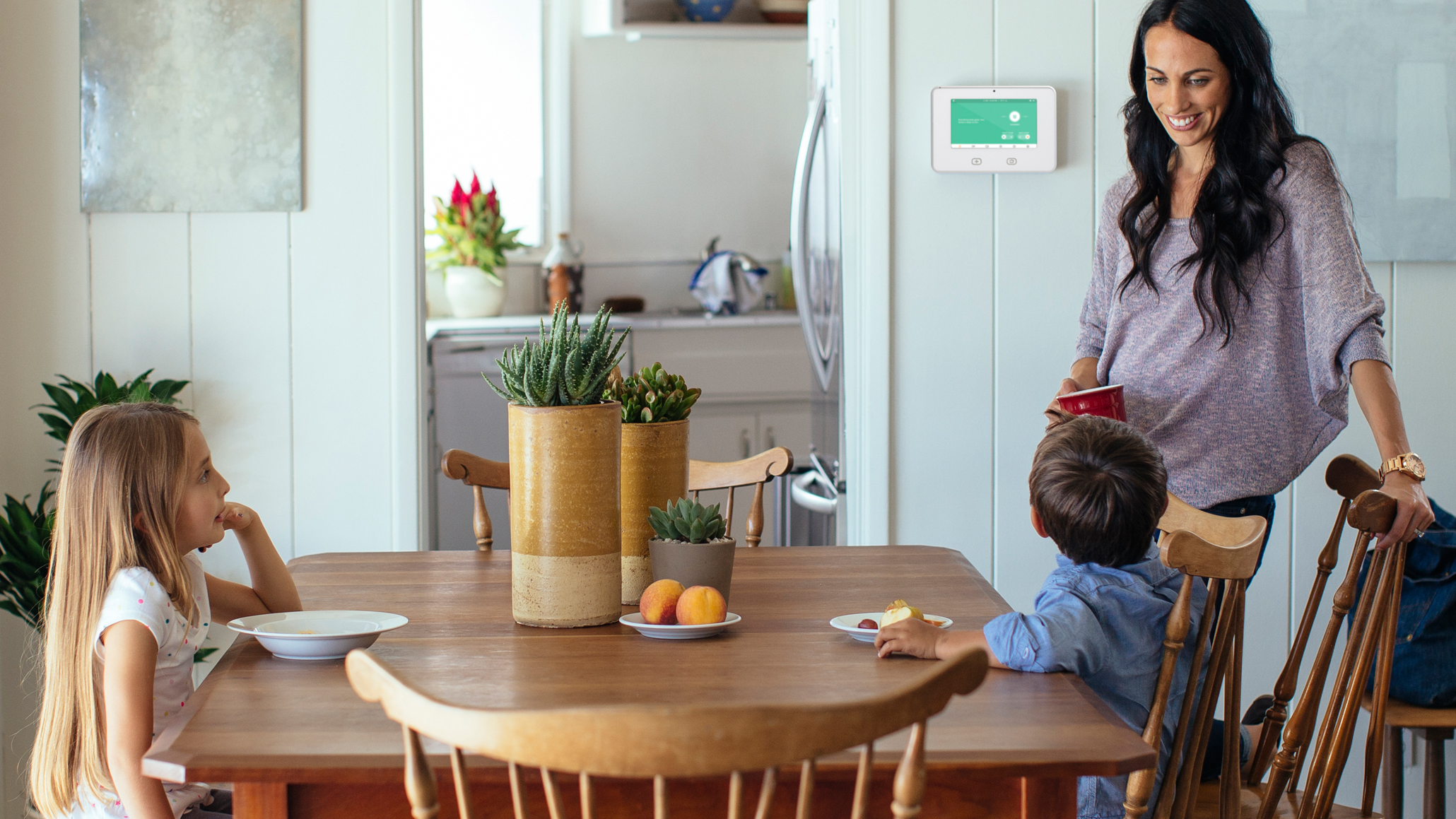
Another factor is the advent of millennials in the home-buying market. Millennials as a group are proven to be earlier adopters of technology than previous generations. Correspondingly, millennial women are more likely to adopt technology than either baby boomer or Generation X women, so this trend of energy-efficient living driven by new technologies is likely to exacerbate once the digital native generation ages into homeownership.
Technology Makes Energy Efficiency Fun and Interactive
Smart homes don’t just have energy-efficient light bulbs. Smart refrigerators like Samsung’s Family Hub displays a calendar, helps users make shopping list decisions based on food usage, and even plays music. That’s a lot more exciting than screwing in a new light bulb.
Plus, you are not only getting smarts. You are saving energy due to less energy consumption and making conscious decisions with your resources in mind. For example, having full comprehension of your food usage habits can lead to less waste and more efficient grocery store decisions.
Additionally, consumers can integrate many of their appliances with applications. This allows people to monitor energy usage with an app, making it easy to save money as they integrate more technology into their homes.
Platforms like TrackSo collect statistics and generate data that easily displays how much energy and money the homeowner is saving from solar panels, while also collecting data on electric car charging preferences. The TrackSo app keeps consumers engaged, excited, and alert to upcoming solar panel and automobile maintenance, helping to make optimal use of various energy types.
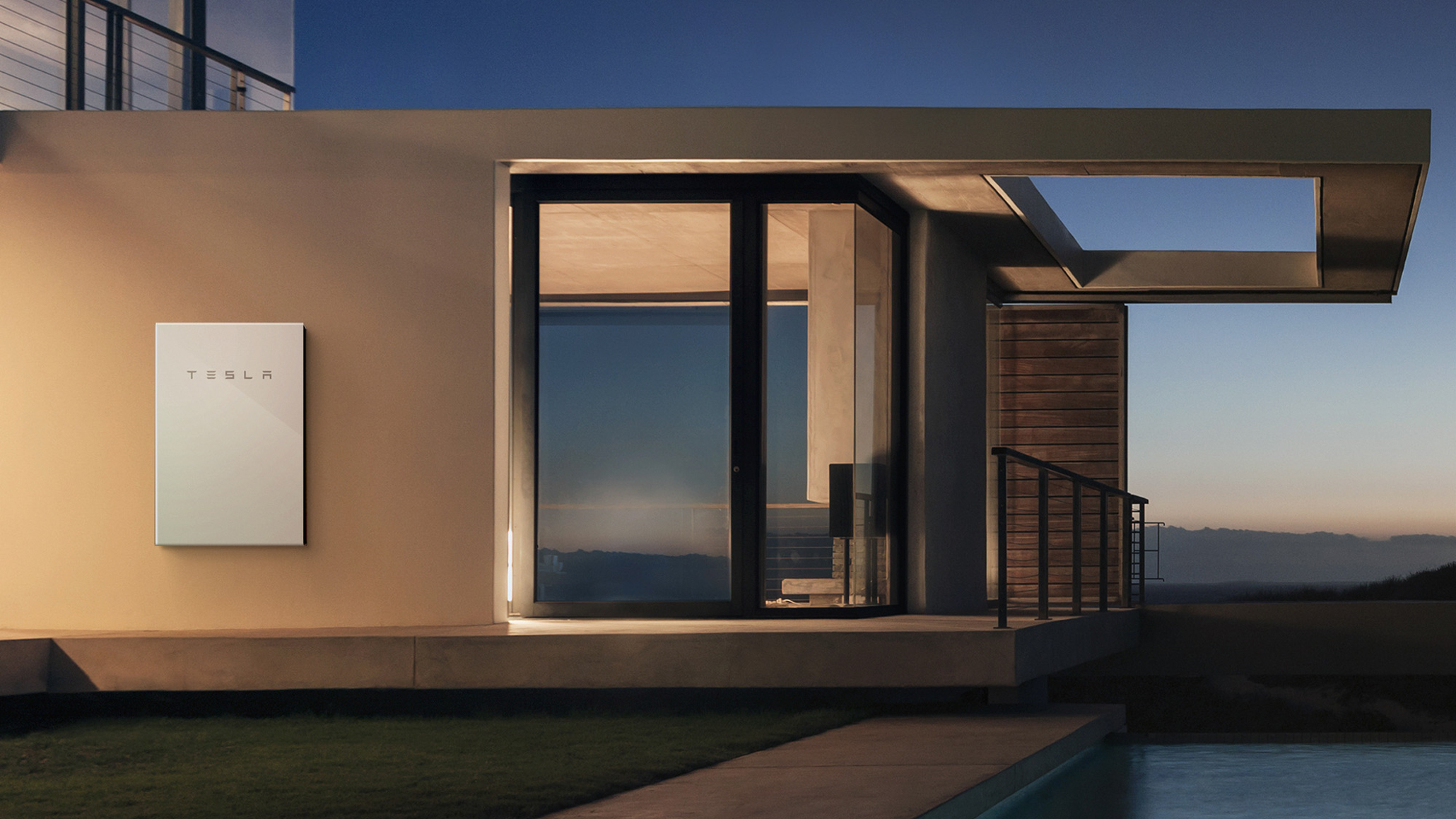
Rooftop solar photovoltaics are also an impressive aspect of energy-efficient smart home living. The only way to get a truly zero net energy home, rooftop solar photovoltaics can generate power as the sun shines to reduce or eliminate grid energy usage, and can communicate with smart battery storage systems to save consumers even more on their energy bills. For example, the Tesla Powerwall storage battery can store energy while grid costs are low, then release the energy for use when grid cost is at peak to save homeowners money on their utility bills. The Powerwall battery can also detect a grid outage, and then switches itself on to energize the home until utility power is restored.
Water conservation is another point of interest for energy-efficient living. Specifically, smart sprinkler controllers can ensure your lawn gets no more water than it needs to grow, while smart shower systems and EPA WaterSense-certified fixtures help conserve water every time they are used. Americans waste one trillion gallons of water each year, something that smart water conservation technology can help remedy.
The Impact on Smart Cities
Smart cities are master-planned urban areas that utilize electronic data collection sensors to provide information that manages assets and resources efficiently. They employ digital technology and communication to make daily life more efficient. As a result, the normalization of smart homes should improve the ease in which smart cities can proliferate such technology. The potential downside is that if energy-efficient living becomes the norm, smart cities may lose some of their unique charm.

Nonetheless, bringing greater energy-efficiency to homes will be worthwhile, even if it’s at the expense of master-planned smart cities differentiating themselves from others. It will be interesting to monitor countries like Germany that excel in making energy efficiency a top priority.
Inevitability Of Energy and Resource Efficiency
A combination of greater affordability, universal appeal, and societal acceptance of smart technology is leading to a greater influx of smart homes and the continuing normalization of energy-efficient living. In the coming years, many more consumers will embrace rooftop solar photovoltaics, smart water conservation tools, and other technologies to conserve resources and get the most out of their smart home.

